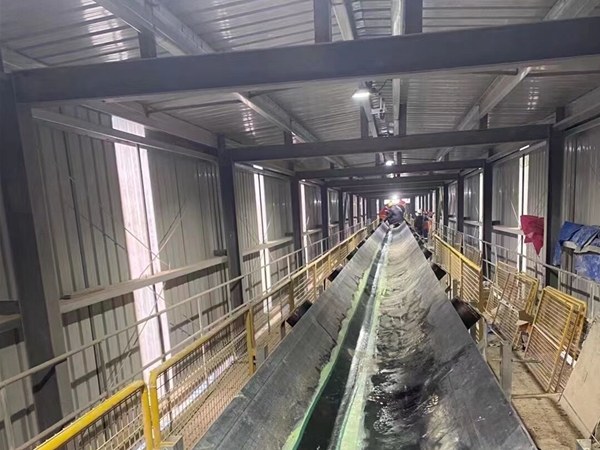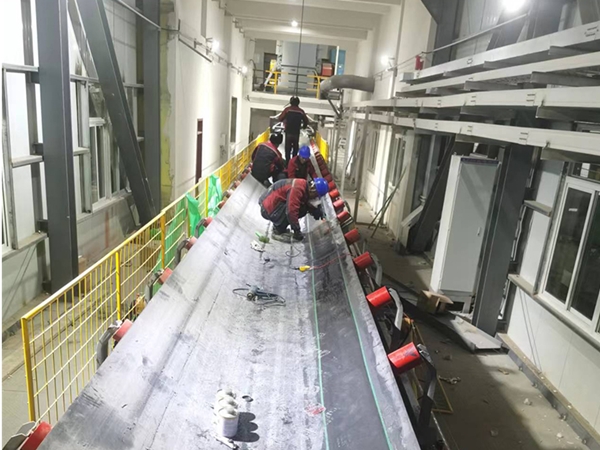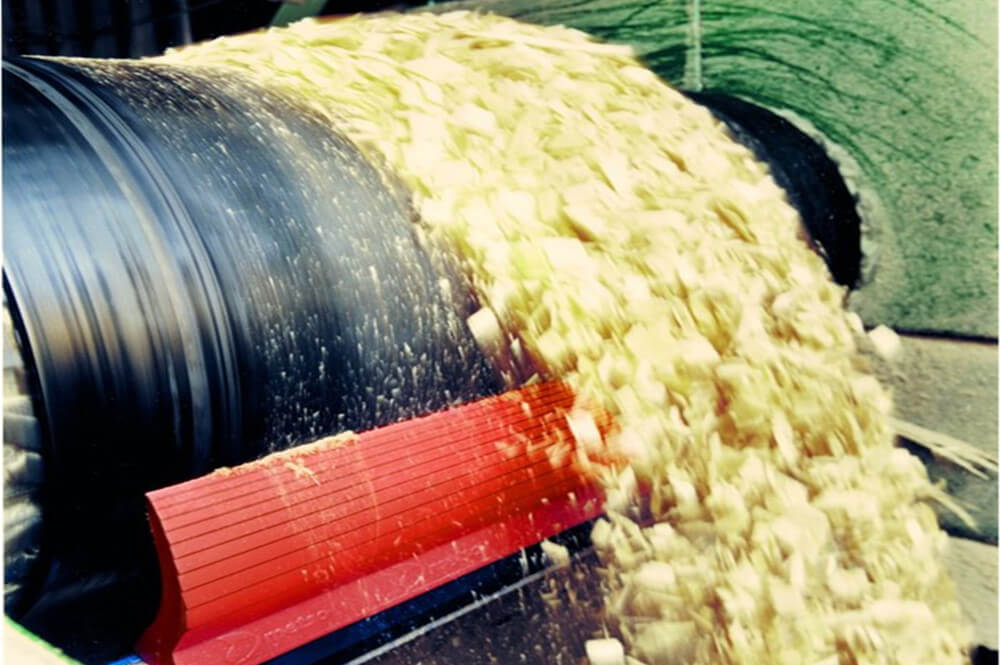On any conveyor belt, the energy you put in is equal to the output. For any heavy belt, its service life can be prolonged after quality inspection, maintenance and high-quality belt splicing repairs. Low quality and continued unsuccessful repair of your conveyor belt will reduce productivity and slow down your operations.
Although there are several different belt splicing methods, we recommend hot vulcanization. This method uses heat and pressure to bond the repair material to the damaged area. Although not the cheapest or fastest method, hot-vulcanized conveyor belt splicing is the best method for a long-lasting repair.
Here are some tips to help your next hot vulcanization conveyor belt splicing project.
1. Early Repair
Early detection of a potential problem can cause all the different belts to be spliced.
Early identification of problem areas can make stitching faster and easier. Larger repairs or multiple joints will require more time, effort, and care to ensure correct execution without causing repetitive problems.
Checking your conveyor belt regularly will allow you to spot problem areas and make it manageable when the belt is spliced.
2. Proper Conditions
In order to ensure the quality and durability of belt joints, a clean workplace and careful use of appropriate tools and products are essential.
The conveyor belt must be clean and dry. Rinse the belt with water to remove contaminants and remove any oily or greasy substances. Do not try to repair the conveyor belt in extreme heat or cold, and avoid other weather conditions such as rain, snow, and high winds.
3. Reduced Quality
The correct application starts with the perfect cut and preparation of the waistband end.
High-quality equipment is essential because you must be careful and precise when cutting and conveying materials.
The cutting of the belt should be inclined at an angle of 22 degrees. After cutting, the two ends are pulled apart, exposing the various layers that must be connected. Precautions should be taken not to damage the layer, as it will lead to unsafe belt joints.
4. Don’t overapply
One of the most serious mistakes in the conveyor belt splicing process is the excessive use of adhesives such as glue or cement.
Applicants usually adopt the “more is better” approach, but this is not the case. Using the correct amount of adhesive will allow a strong and durable connection.
5. Don’t rush the curing process
Follow the curing time and procedures recommended by the belt manufacturer. Using the correct duration and temperature will ensure the final curing of the bonded conveyor belt.
Shortening the curing time or using incorrect temperatures may compromise the integrity of the weld. Monitor time, temperature and pressure throughout the curing process to get the best results. After curing is complete, check the repair area before returning the belt to the loop.



